Wagyu refers to a breed of cattle originating from Japan, known for its rich marbling (intramuscular fat) that creates a tender texture and deep umami flavor. The fine marbling melts at low temperatures, giving Wagyu its signature buttery mouthfeel. There are four main breeds of Wagyu cattle in Japan, each with unique characteristics.
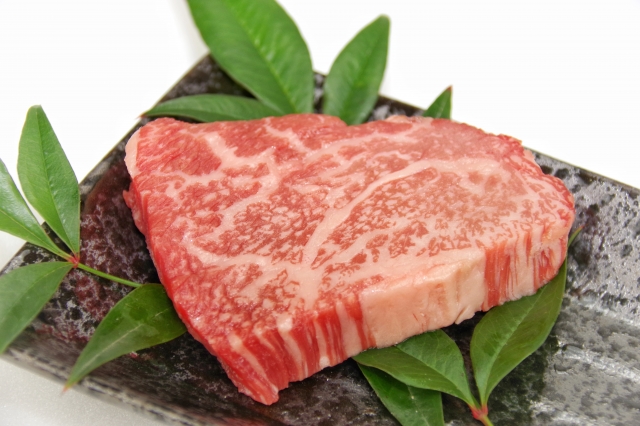
Types of Wagyu
- Kuroge Washu (Japanese Black): The most common breed, accounting for about 90% of all Wagyu in Japan. It is highly marbled, tender, and rich in flavor.
- Akage Washu (Japanese Brown): Leaner than Japanese Black, with a deep, meaty flavor. Mainly raised in Kumamoto and Kochi prefectures.
- Nihon Tankaku Washu (Japanese Shorthorn): Contains less fat and has a robust, beefy taste. Primarily raised in the Tohoku region.
- Mukaku Washu (Japanese Polled): A rare breed with no horns, known for its firm texture and strong beef flavor. Mostly found in Yamaguchi Prefecture.
Famous Wagyu Brands
Wagyu is produced across Japan, with certain regions being known for their premium-quality beef.
- Kobe Beef (Hyogo Prefecture): Renowned worldwide for its delicate marbling and sweet, rich flavor.
- Matsusaka Beef (Mie Prefecture): Known for its exceptionally tender texture and high-fat content.
- Omi Beef (Shiga Prefecture): Japan’s oldest branded beef, prized for its juicy and umami-rich flavor.
- Yonezawa Beef (Yamagata Prefecture): Raised in a cold climate, giving it a firm texture and deep flavor.
How to Enjoy Wagyu
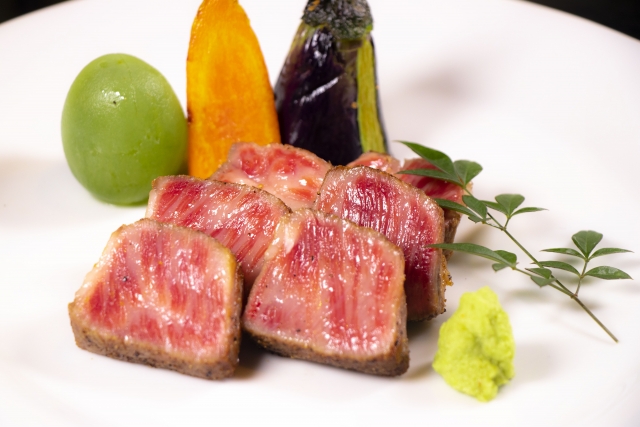
A simple way to savor the natural sweetness and aroma of Wagyu.
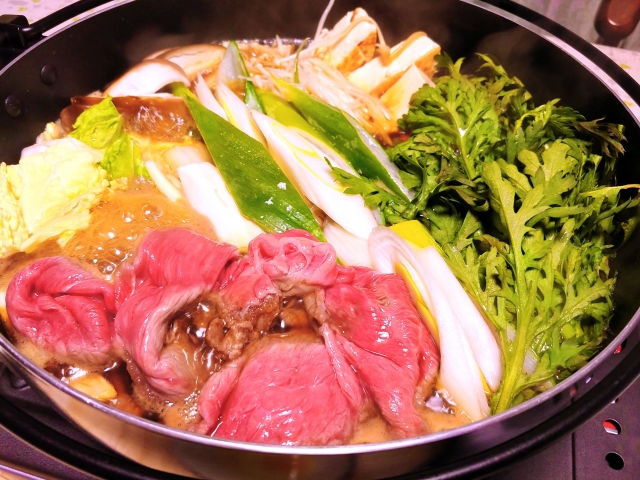
Thinly sliced Wagyu simmered in a sweet soy-based sauce and dipped in raw egg.
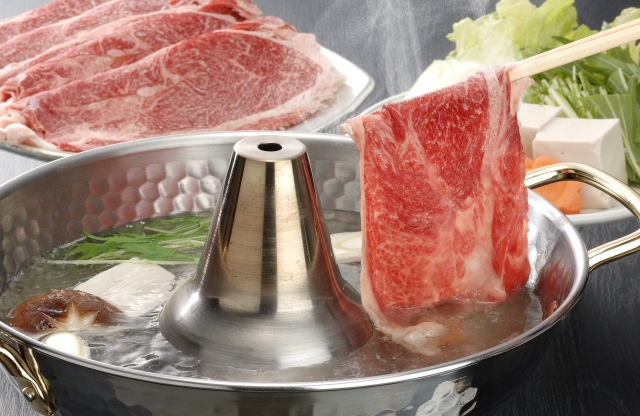
Lightly boiled slices served with ponzu or sesame sauce for a refreshing taste.
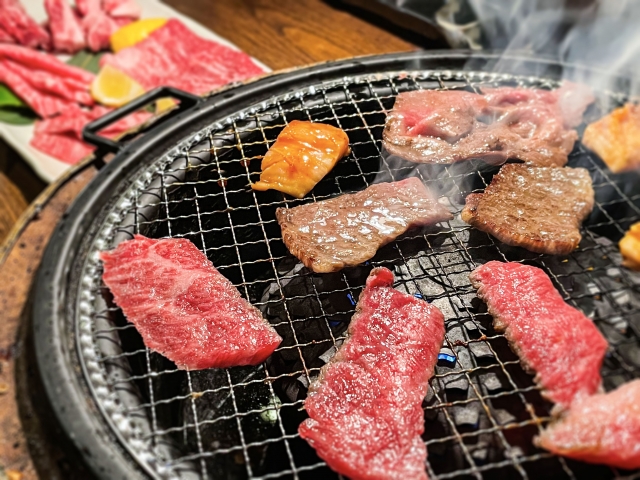
Each cut has a different texture and flavor, making it a fun way to explore Wagyu.
Nutritional Value of Wagyu
Wagyu is high in oleic acid, a monounsaturated fat that contributes to its smooth texture and mild flavor. It is also rich in iron and B vitamins, making it a nutritious choice for energy and overall well-being.
Historical Background
Wagyu cattle were originally used for agricultural work in Japan. During the Edo period (1603–1868), beef consumption was limited, but after Japan opened to Western influences in the Meiji era (1868–1912), Wagyu breeding and meat consumption became more widespread. Today, Wagyu is recognized as a world-class luxury ingredient, highly sought after by food enthusiasts globally.
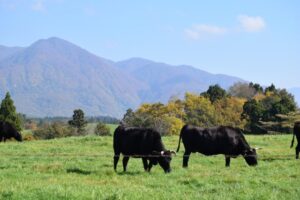
Comments